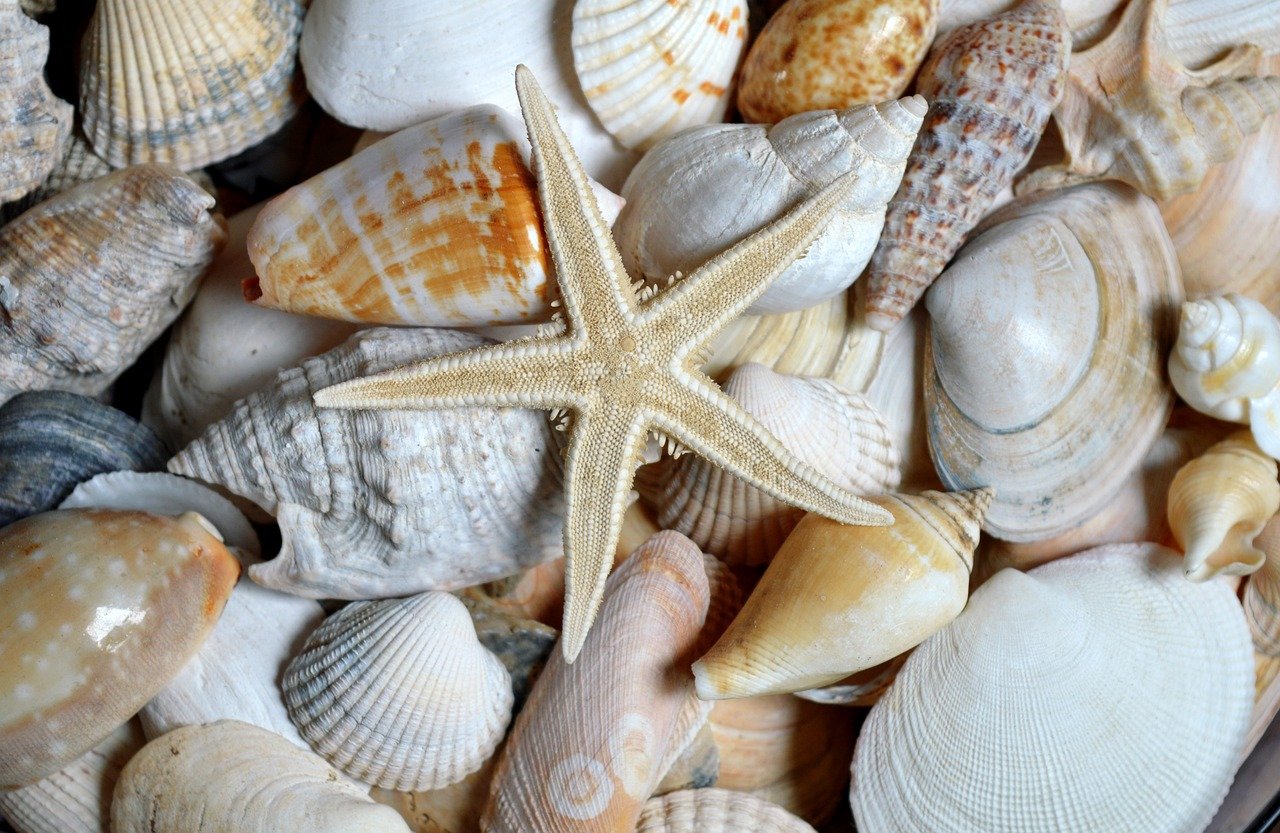Brazilian Gastronomy 101: Discovering Brazil’s Culinary Scene from Street Food to Fine Dining
Brazilian gastronomy is as diverse and vibrant as the country itself. With its rich tapestry of cultural influences, Brazil offers a culinary journey that traverses the bustling streets of São Paulo to the sophisticated dining rooms of Rio de Janeiro’s fine dining establishments. Whether you are a street food aficionado or a gourmet enthusiast, Brazilian cuisine promises an unforgettable experience.
The Roots of Brazilian Cuisine
Brazilian cuisine is a melting pot of flavors and traditions, drawing influences from indigenous, African, and European cultures. This fusion of culinary practices has created a unique and diverse food landscape. The use of native ingredients such as cassava, corn, and a variety of tropical fruits is a testament to the country’s indigenous heritage.
With the influx of Portuguese colonizers in the 16th century, Brazilian cuisine began to incorporate European elements, including the introduction of sugarcane and cattle. The African influence is equally profound, brought by the enslaved Africans who arrived in Brazil. They introduced techniques and ingredients such as palm oil, okra, and various spices that have become integral to Brazilian cooking.
Street Food: The Heartbeat of Brazilian Gastronomy
For many, the true essence of Brazilian cuisine is best experienced on the streets. Street food in Brazil is a vibrant mix of flavors and textures, offering a glimpse into the country’s cultural diversity. From the bustling markets of Bahia to the lively streets of Rio, you will find a plethora of mouthwatering delights.

One must-try street food is coxinha, a popular snack made from shredded chicken wrapped in dough and fried to golden perfection. This savory treat is a staple at many street vendors and is best enjoyed with a dash of spicy sauce. Another street food favorite is pão de queijo, a cheese bread that hails from Minas Gerais, known for its chewy texture and cheesy flavor.
The vibrant city of Salvador is renowned for its acarajé, a dish with deep roots in African cuisine. Made from black-eyed peas and fried in palm oil, this savory donut is typically filled with shrimp and spicy sauces, offering a burst of flavors with every bite. Discover more about Brazilian street food and its cultural significance.
Regional Specialties: A Culinary Tour of Brazil
Brazil’s vast geography and cultural diversity are reflected in its regional cuisines. Each region boasts its own specialties, showcasing indigenous ingredients and traditional cooking methods.
The Northeast: Bahia and Pernambuco
The Northeast is known for its Afro-Brazilian culinary heritage, with Bahia being a culinary hub. Dishes like moqueca, a seafood stew made with coconut milk and dendê oil, highlight the region’s reliance on fresh seafood and bold flavors. In Pernambuco, baião de dois, a rice and bean dish combined with dried meat, is a beloved staple.
The Southeast: São Paulo and Rio de Janeiro
São Paulo, often considered the gastronomic capital of Brazil, offers a diverse range of cuisines due to its multicultural population. The city is famous for its pastel, a deep-fried pastry filled with various ingredients. Meanwhile, Rio de Janeiro’s iconic dish is feijoada, a hearty black bean stew with pork, typically served on Saturdays.

The South: Rio Grande do Sul
The southern region, particularly Rio Grande do Sul, is known for its churrasco, a traditional barbecue that showcases the gaucho culture. Large cuts of meat are skewered and cooked over open flames, often accompanied by chimichurri sauce. Learn more about the distinct regional cuisines of Brazil and their unique offerings.
Fine Dining: The Evolution of Brazilian Cuisine
In recent years, Brazil has emerged as a player on the global culinary stage, with several restaurants earning international acclaim. The country’s fine dining scene is characterized by a fusion of traditional flavors and modern techniques.
One of the most celebrated chefs is Alex Atala, whose restaurant D.O.M. in São Paulo has consistently ranked among the world’s best. Atala is known for his innovative approach to Brazilian ingredients, elevating them to new heights with dishes like pupunha palm heart fettuccine and Amazonian ants.
In Rio de Janeiro, Oro by Felipe Bronze offers a dining experience that blends creativity with tradition. The tasting menu features dishes that play with textures and flavors, such as crispy tapioca cubes with cured fish. Explore the rise of fine dining in Brazil and its impact on the culinary world.
The Influence of Ingredients and Sustainability
Brazilian chefs are increasingly focused on sustainability and the use of local ingredients. The Amazon rainforest, often referred to as the “lungs of the earth,” is home to an incredible biodiversity that provides an abundance of unique ingredients. From açaí berries to Brazil nuts, these ingredients are celebrated for their nutritional benefits and distinct flavors.

Chefs are also advocating for sustainable fishing practices and the responsible sourcing of ingredients, ensuring that Brazil’s culinary heritage is preserved for future generations. Learn more about the importance of sustainable food practices in Brazil and their role in shaping the country’s gastronomy.
Conclusion: A Culinary Adventure Awaits
From street food stalls to Michelin-starred restaurants, Brazilian gastronomy offers an unparalleled culinary adventure. The country’s diverse landscape and rich cultural heritage are reflected in every dish, promising a feast for the senses. Whether you’re savoring a steamy bowl of feijoada or indulging in a gourmet tasting menu, Brazil’s culinary scene invites you to explore and discover the flavors that define this vibrant nation.
Embark on a culinary journey through Brazil and experience the fusion of flavors, traditions, and innovations that make Brazilian cuisine truly unique. With its commitment to sustainability and the celebration of local ingredients, Brazil’s gastronomic future shines as brightly as its rich culinary past.
Exploring Brazilian Beverages
No exploration of Brazilian gastronomy would be complete without delving into the country’s diverse range of beverages. Brazil is renowned for its coffee, with the country being one of the largest coffee producers in the world. Brazilian coffee is characterized by its rich, full-bodied flavor, often enjoyed black or as an expresso. Coffee culture is an integral part of Brazilian life, with cafés and coffee houses serving as popular social hubs.
Another quintessential Brazilian beverage is cachaça, a distilled spirit made from fermented sugarcane juice. Cachaça is the main ingredient in the beloved cocktail caipirinha, a refreshing mix of cachaça, lime, sugar, and ice. This iconic drink epitomizes Brazil’s tropical climate and vibrant lifestyle, often enjoyed during celebrations and gatherings.

For a non-alcoholic option, guaraná is a popular choice. Made from the seeds of the guaraná plant native to the Amazon, this sweet, carbonated drink is known for its energizing properties. It is a staple at many Brazilian meals and a favorite among those seeking a caffeine boost.
Brazilian Desserts: A Sweet Finale
Brazilian desserts are a delightful conclusion to any meal, offering a sweet taste of the country’s culinary diversity. One of the most beloved desserts is brigadeiro, a chocolate truffle made with condensed milk, cocoa powder, and butter. These bite-sized treats are rolled in chocolate sprinkles and are a staple at birthday parties and celebrations.
Another popular dessert is quindim, a bright yellow custard made with sugar, egg yolks, and coconut. This sweet treat is a testament to the Portuguese influence on Brazilian cuisine, with its rich, creamy texture and coconut flavor.
For a refreshing end to a meal, açaí na tigela is a must-try. This dish features açaí berries blended into a thick smoothie-like consistency, typically topped with granola, bananas, and other fruits. Originating from the Amazon region, it has gained popularity throughout Brazil and beyond as a nutritious and delicious dessert.
Brazil’s Culinary Festivals and Events
Brazil’s love for food is celebrated through numerous culinary festivals and events held throughout the year. These gatherings highlight the country’s diverse food offerings and provide a platform for local chefs and vendors to showcase their talents.
One such event is the Festa Junina, a traditional festival celebrated in June. It features a variety of regional foods like pamonha (corn paste wrapped in corn husks) and canjica (a sweet dish made from white corn, milk, and sugar). This festival is a vibrant celebration of Brazilian culture, complete with music, dance, and colorful decorations.

The annual Comida di Buteco competition is another highlight, where bars and restaurants across Brazil compete to create the best bar food. This event showcases the creativity and skill of Brazilian chefs, offering a diverse array of snacks and small bites.
The Future of Brazilian Cuisine
As Brazil continues to grow on the global culinary stage, its chefs and restaurateurs are increasingly focusing on innovation and sustainability. There is a rising trend towards using organic and locally sourced ingredients, as well as a renewed interest in preserving traditional recipes and techniques.
The future of Brazilian cuisine lies in its ability to embrace its rich heritage while also adapting to modern trends and environmental considerations. With a new generation of chefs leading the way, Brazil’s culinary scene is poised for continued growth and recognition.
Conclusion: A Taste of Brazil Awaits
From its bustling street food markets to its refined dining establishments, Brazilian gastronomy offers a unique and flavorful journey through one of the world’s most diverse culinary landscapes. Each dish tells a story of cultural fusion and tradition, inviting travelers and food enthusiasts to explore the vibrant flavors that define Brazil.
Whether you’re savoring a traditional feijoada or indulging in a contemporary tasting menu, Brazilian cuisine promises a memorable experience for all who embark on this culinary adventure. Embrace the flavors, celebrate the culture, and discover the essence of Brazil through its incredible food.










